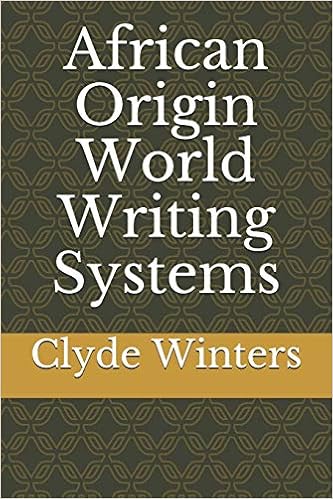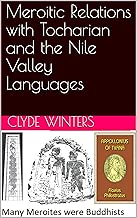The Paleo Americans were Blacks.
Chatters presented no archaeological, ancient DNA or skeletal remains to
support his theory there was continuity between paleoamericans and modern
mongoloid native Americans or Beringa DNA.
Chatters noted that: “. Paleoamericans
exhibit longer, narrower crania and smaller, shorter, more projecting faces
than later Native Americans (7). In nearly all cases, they are morphologically
most similar to modern peoples of Africa, Australia, and the southern Pacific
Rim (7–9). Polymorphic dental traits currently found in East Asia also
distinguish later Native Americans (10), who tend to exhibit such specialized
(Sinodont) traits as winged, shovel-shaped upper incisors, three rooted lower
first molars, and small or absent third molars; from Paleoamericans, who
exhibit a less specialized (Sundadont) morphology (7). These differences
suggest that America was colonized by separate migration events from different
parts ofEurasia (11) or by multiple colonization events from Beringia (12), or
that evolutionary changes occurred in the Americas after colonization (13). ”
Chatters continued that, “HN5/48 is among the small group of
Paleoamerican skeletons, a group that is morphologically distinct from Native
Americans. We extracted DNA from the skeleton’s upper right third molar and
analyzed the mtDNA using methods developed for poorly preserved skeletal
elements, with independent replication. The mtDNA haplogroup for the HN
skeletal remains was determined through restriction fragment analysis, direct Sanger
sequencing, and second-generation sequencing after target enrichment. The AluI
5176 site loss, in combination with Sanger and Illumina sequence data, confirm
its placement in haplogroup D, subhaplogroup D1 (Fig. 3). Subhaplogroup D1 is
derived from an Asian lineage but occurs only in the Americas, having probably
developed in Beringia after divergence from other Asian populations (1).D1 is
one of the founding lineages in the Americas (1). Subhaplogroup D1 occurs in
10.5% of extant Native Americans (23), with a high frequency of 29% in
indigenous people from Chile and Argentina (24). This suggests that HN5/48
descended from the population that carried the D1 lineage to South America. The
discovery of a member of subhaplogroup D1 in Central America, ~4000 km
southeast of any other pre–10-ka DNA in the Americas, greatly extends the
geographic distribution of Pleistocene-age Beringian mtDNA in the Western
Hemisphere.”
Here we see that Chatters says that D1 is only found in
America. If it is only found in America it can not be an Asian haplogroup.
Chatters is just making a guess. He can not support this guess because there is
no skeletons from Beringa that carry D1 nor is D1 found in Asia.







